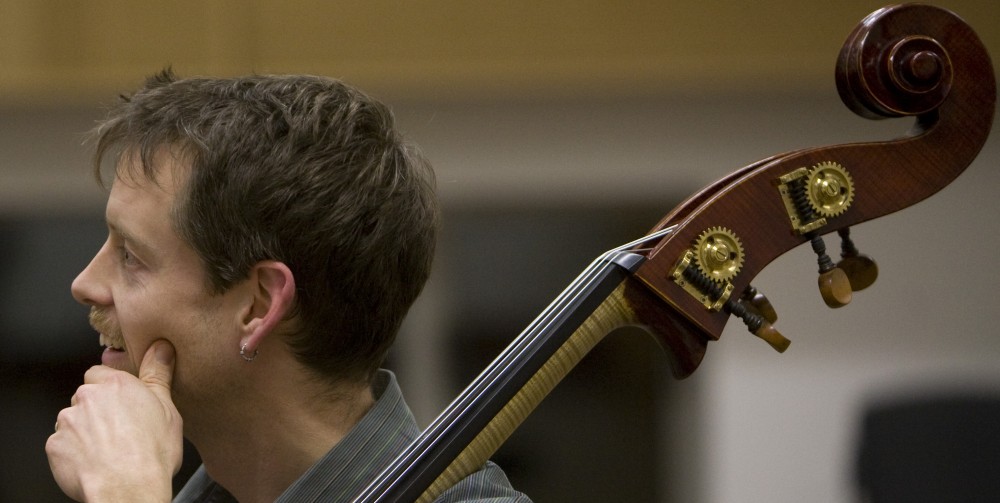It can be beguiling to hear a beautiful voice, an immaculate delivery. So much so that the transmission can eclipse the content. Often the style-substance dichotomy is ill-balanced or simply unconsidered. Typical conservatoire training for string players emphasises the development of what has been termed the “philharmonic tone”. The production of a focused and projected sound, with a relentless sheen of robust vibrato, involves a myriad of physical components that can be taught effectively. And any school will typically focus its efforts on things that can be reliably imparted to students.
But years invested in this single facet of performance can result in neglect of the engagement with the real matter of music. Striving to achieve perfect delivery of every note (as if they were equally important) is an interesting exercise but if every note is a gem, where is the setting? As with spoken delivery, inflection and emphasis give meaning. In order to invest meaning in music you need to acknowledge that not all notes are important and furthermore to have developed the ability to make decisions on this hierarchy. And to have a strong sense of what the meaning is – of what you are trying to communicate – is a very subjective area and not easily taught.
However good the elocution, what really matters is having something to say.
